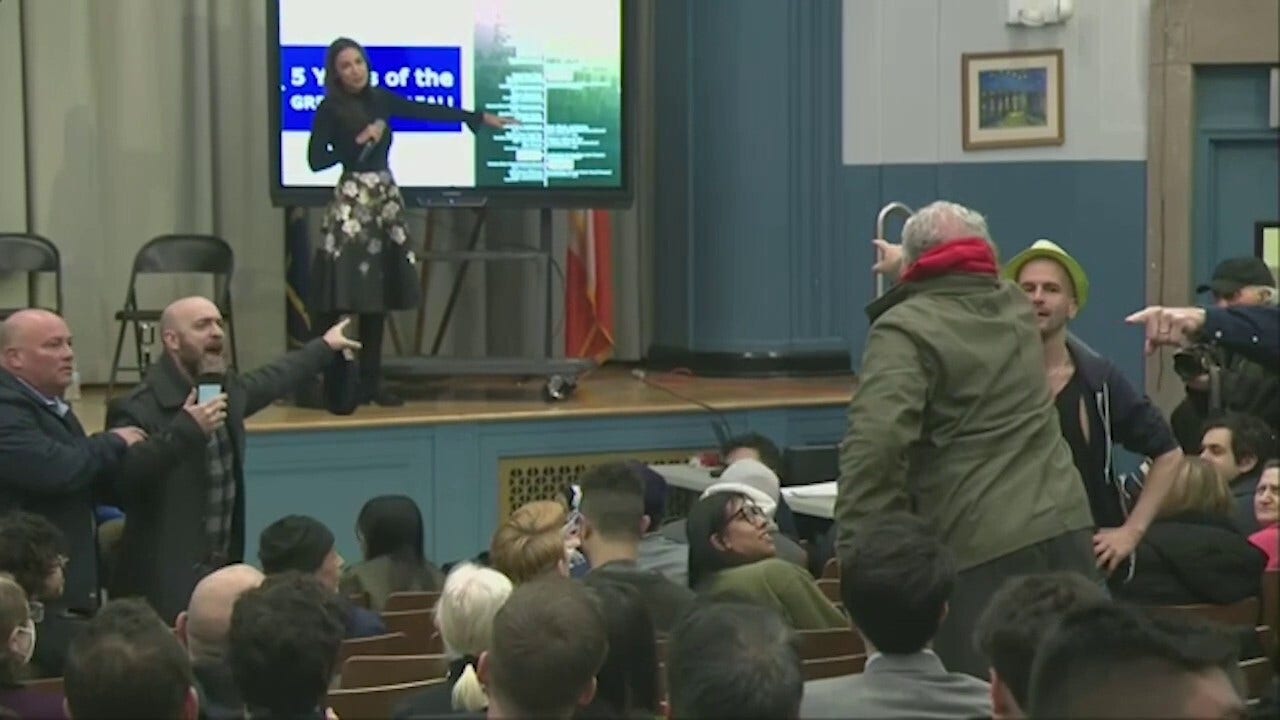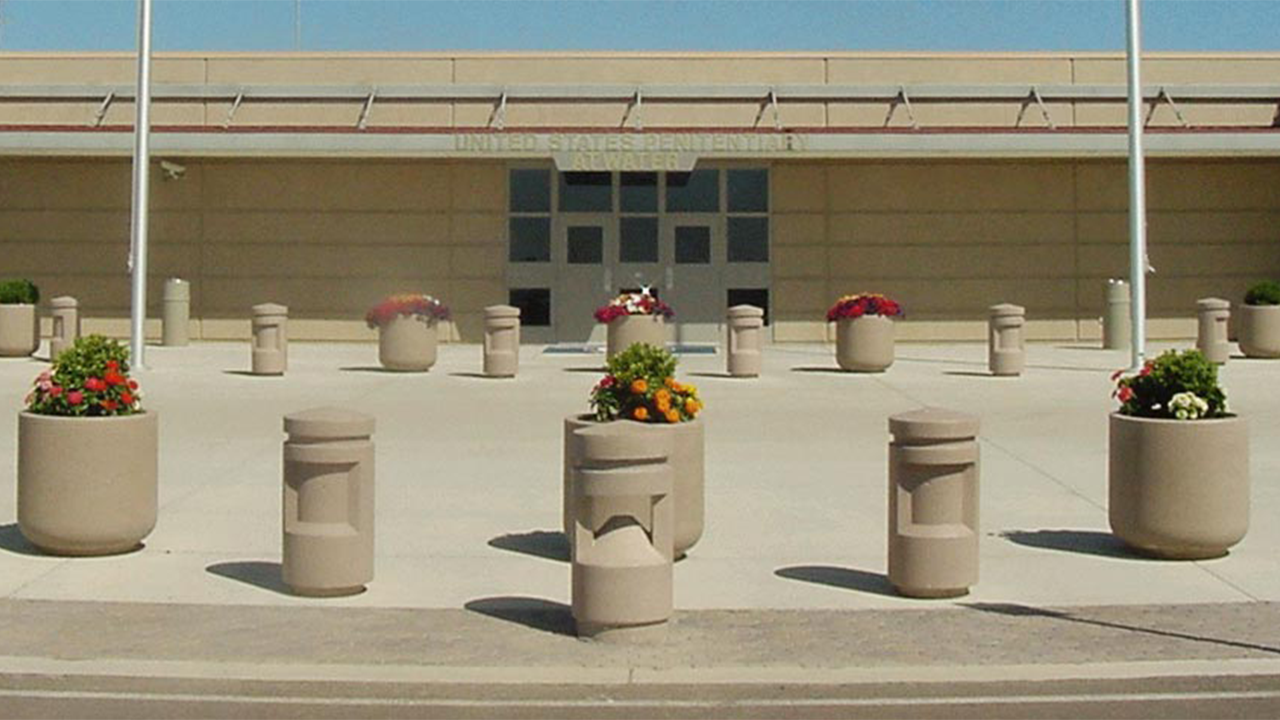City College of New York often serves as a nostalgic symbol of American higher education’s past. The college did not charge tuition for decades, and its students, many of them poor, went on to become Nobel laureates, chief executives, civil rights leaders and more. By contrast, higher education today can seem both less accessible and less rigorous.
But it turns out that the school that occupies City College’s original 19th-century campus, on the East Side of Manhattan, has done a fine job of living up to its predecessor’s legacy.
That school is Baruch College, and it is an upward-mobility machine.
More than 60 percent of Baruch students receive Pell grants, which means they typically come from the bottom half of the income distribution. About 75 percent of undergraduates are people of color. The average annual cost of attending Baruch for low-income students is less than $2,000. And Baruch’s six-year graduation rate is 74 percent, well above the national average.
When I asked S. David Wu, an engineering scholar who is Baruch’s president, about City College’s original vision of educating the masses, he told me, “In many ways, Baruch is realizing that vision, but in a 21st-century way.”
In today’s newsletter, I’ll tell you about a new report that tracks how other colleges are doing.
A worrisome decline
After Michael Bloomberg finished being mayor of New York City in 2013, he turned his attention to philanthropy and decided that increasing economic diversity in higher education was a priority. “America needs to have as big a pool of talented, hard-working, well-educated people as it can possibly get,” Bloomberg told me.
His main program is known as the American Talent Initiative, and its goal is to persuade colleges with high graduation rates to diversify. This morning, the group released its latest report, and it praises Baruch as a model college.
“There are very few colleges in the country like Baruch,” said Josh Wyner of the Aspen Institute, which helps run the American Talent Initiative. Indeed, among all U.S. colleges with a graduation rate above 70 percent, Baruch may be the most economically diverse. It both holds down tuition costs and creates clear pathways for students to earn degrees, Wyner said.
Other parts of the new report, however, are worrisome.
Bloomberg’s group set a goal almost a decade ago: Lift the annual enrollment of low- and moderate-income students at colleges with high graduation rates by 50,000 — or roughly 10 percent. The group planned to do so partly by building a membership organization where colleges could share strategies.
Initially, the progress was impressive. Enrollment jumped by more than 20,000 in the initiative’s first three years, putting it comfortably on pace to achieve the goal within a decade.
But momentum stalled in 2019-20. The reasons weren’t completely clear, but I’ve noticed that economic diversity often declines when college administrators aren’t paying close attention. Other priorities — sports teams, fund-raising, U.S. News’s rankings — take over. Covid made the situation worse, by exacerbating K-12 inequality and preventing some lower-income students from making it to college.
By fall 2021, all the early progress had been erased. Enrollment of lower-income students at colleges with high graduation rates was slightly below its 2015 level.
In response, the initiative got tougher. To remain members, college now must commit to specific lower-income enrollment levels, rather than vaguely promising to make progress. A small number of colleges have since dropped out. Among them, according to public records, were Penn State and Virginia Tech, as well as several private schools, including Wake Forest, which is among the country’s least economically diverse colleges, and Denison, in Ohio.
(This Times feature lets you look up economic diversity at nearly 300 colleges.)
But 125 colleges remained, including the entire Ivy League and the flagship state universities in California, Michigan, Texas and Wisconsin. About 15 schools more have recently joined. Baruch is among them, as are Colorado College, Illinois State and Towson.
At these member schools, lower-income enrollment has fully recovered from its recent decline. Updated data isn’t available for the roughly 200 other colleges with a graduation rate of at least 70 percent, but their trend is unlikely to be so positive:
Successful strategies
The new report cities several promising strategies for lifting diversity, such as:
-
Reduce so-called merit aid, which tends to go to affluent students, and direct scholarships to students who demonstrate both academic excellence and financial need. Boston University has recently done so.
-
Recruit more transfers from community colleges, where top students from modest backgrounds often start. Central Florida, Dayton, George Mason and the University of California all emphasize community-college transfers, and Princeton recently started a program.
-
Help students navigate higher education. Its bureaucracy can be so maddening that it keeps students from graduating. In response, Baruch has created an office called BOSS — Baruch One Stop Shop — where students can get help enrolling in classes or filling out aid forms. The college has also created cohorts of first-year students who take classes together and can help one another.
Baruch’s mission, Wu told me, is to educate a student body that resembles society at large — and increase upward mobility as a result. “Our diversity,” he said, “very much reflects the diversity of New York.”
For more
THE LATEST NEWS
Israel-Hamas War
“University Challenge”: The New Yorker Brandon Blackwell knew that if he wanted to have a career in competitive quizzing, he had to move to its epicenter: London.
Despite already having a degree, he applied to Imperial College London to get a visa. Then, he competed for the college on the Britain’s premier quiz show, “University Challenge.” Blackwell’s appearance on the show in 2020 turned him into a national figure and Imperial — which had not won the competition since 2001 — into a “University Challenge” powerhouse.






